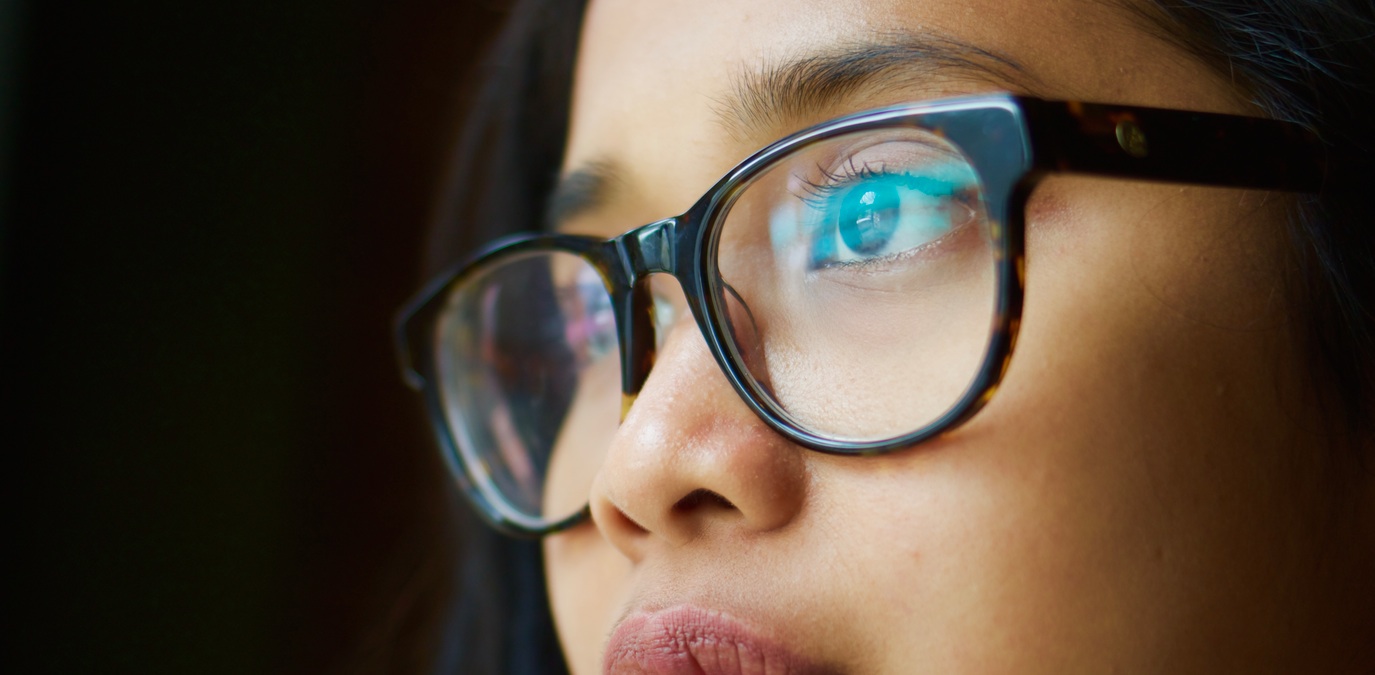Eye doctors know that many people experience regular or recurring eye irritation such as itching, burning, redness, or occasional blurry vision. Sufferers may not think much of these symptoms, chalking them up to allergies or spending too much time at the computer. Most of them will not seek out an eye doctor for treatment. But what doctors also know is that these irritating symptoms could actually be ocular surface disease, a condition commonly referred to as dry eye.
Patients may be unaware that their symptoms have a name or that treatments are available. Some sources put the number of dry eye sufferers at between 20 and 30 million. And shockingly, only about five percent of those have been diagnosed and treated. Since many of these people aren’t seeing an eye doctor, the first step to bringing them to your practice is to educate them about dry eye.
Here’s what patients need to understand about this common and treatable condition, and what eye care professionals can do to help.
Why so many patients may not even know they have dry eye
“Dry eye is much more prevalent than previously recognized, and if left untreated, it profoundly impacts the quality of life for patients,” said Marguerite McDonald, MD, FACS, in Ophthalmology Times.
This video, “What is Dry Eye?” posted on your practice web site or Facebook page, is an easy way to teach patients or prospective patients about the condition.
In the U.S., an estimated 3.2 million women age 50 and over and 1.68 million men age 50 and over are affected by dry eye syndrome, according to the American Academy of Ophthalmology. Those numbers will only continue to increase as the population ages.
It’s also important to educate people on the fact that dry eye does not just affect seniors. It also affects an estimated 50 percent of all contact lens wearers, as well as younger people who spend more time than ever on mobile devices and computers. Smartphones and tablets, ubiquitous among Millennials, teens, and even schoolchildren with otherwise healthy eyes, impact users’ blink rate and tear production, according to the Review of Optometry.
Lastly, dry eye symptoms can be caused by thyroid dysfunction and hormonal changes, as well as certain medications such as diuretics and antihistamines.
Helping patients understand dry eye
Even some doctors don’t know that dry eye symptoms can vary significantly from person to person. Sometimes recurring blurred vision is the only symptom, while counter-intuitively, excessive tearing can actually be a symptom of dry eye in other patients.
In any case, symptoms alone aren’t enough to determine whether a person has dry eye disease and how severe it is. Make sure patients understand that the only way to know for sure if they have a chronic dry eye condition is to have an optometrist or ophthalmologist perform dry eye testing during a thorough eye exam.
At best, failure to diagnose and treat dry eye can cause patients needless suffering and discomfort. At worst, “untreated dry eye can lead to IOL power miscalculations for cataract surgery, unhappy postoperative patients after multifocal IOL lens implantation, and can alter the way lasers are programmed for LASIK and PRK,” according to Dr. McDonald.
Reassure patients that there are several effective treatment options for chronic dry eye. However, make the point that it’s not a “one and done” scenario; rather, finding the right longterm solution requires a commitment to trying different treatments as well as an ongoing doctor-patient relationship. In some cases, simple exercises for heavy screen users can make a big difference. Over-the-counter artificial tears or ointments can also help reduce dry eye symptoms. In other cases, prescription medications and in-office procedures may be necessary, such as plugs (temporary and permanent punctal occlusion) or surgery to close the tear ducts to allow more tears to remain around the eyes.
As more people become aware of dry eye, patients will seek out doctors with expertise in this area, both online and in their communities. If you have a Dry Eye Center of Excellence [DECE] in your practice, make sure to advertise that fact and make patients and prospective patients aware of your offerings. Often, dry eye referrals will come from the friends and family of patients you already have.
For best practices in dry eye patient education, be sure to download our eBook, Building Your Dry Eye Center of Excellence—7 Keys to Success

